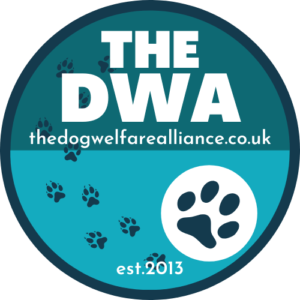FAQs
Will physiotherapy services be covered by my insurance?
How do I get a veterinary referral?
What can I expect to happen during a consultation?
What should I know prior to my dog's hydrotherapy session?
1) Please be sure to bring any photos or videos that demonstrate any issues your pet may be having.
2) Please bring any favourite treats or toys which may help to make your dog feel comfortable & enthusiastic
3) For hydrotherapy: Please bring a towel & something to keep your dog warm afterward as they will be damp after being towel-dried.
4) For hydrotherapy: Please ensure there are no products on your dog’s hair such as conditioners, and allow at least 72 hours after application of flea products before their treatment.
What kind of treatments will be recommended?
Am I allowed to be with my pet during the treatment process?
How many treatments will my animal need?
This depends enormously on what your animal has been referred for. Each animal is assessed and treated as an individual and treatment is provided according to that animal’s specific assessment findings and the owner’s requirements i.e. what level of performance they need to be rehabilitated back to.
At your first appointment, your pet’s physiotherapist will assess your animal carefully. At the end of this appointment, your physiotherapist will discuss these findings and advise on the most suitable course of action. The frequency of treatment will depend on whether your animal requires hands on physiotherapy, whether this needs to be aggressive or just maintenance, or just the progression of a home exercise programme. An estimate will be made of the number of sessions and the frequency so that a treatment plan can be agreed with yourself.
Should this change during the course of the plan, your physiotherapist will discuss this with you and advise you accordingly.
When will I notice an improvement?
How do I know if my pet is in pain?
Unlike people, animals are not usually vocal when in pain. Therefore, without careful observation, owners often fail to recognise that their pet is in pain.
Signs to watch for which indicate mild pain include:
- Less activity
- Going upstairs or downstairs less often
- A slightly abnormal gait
Signs to watch for which indicate moderate pain include:
- Unwillingness to go upstairs or downstairs or hesitating before going upstairs or downstairs
- Difficulty getting up
- Stumbling
- Sleeping more than normal during the day
- Obvious abnormal gait (bunny-hopping, limping, etc.)
- Excessive panting
- A specific area of the body that’s sensitive to the touch
- Irritable disposition
Signs to watch for which indicate severe pain include:
- Severe abnormal gait (little to no weight on a limb, constant weight shifting, head bobs when walking, etc.)
- Decreased appetite
- Restless at night
- Sleeping excessively during the day
- Severe sensitivity to the touch, sometimes leading to aggressive response
Contact Us
- 07300 020 514
- bookings@apolloanimalphysio.com
- apolloanimalphysio@gmail.com
- Apollo Animal Physiotherapy, Old Haine Road, Ramsgate, CT12 5AG






